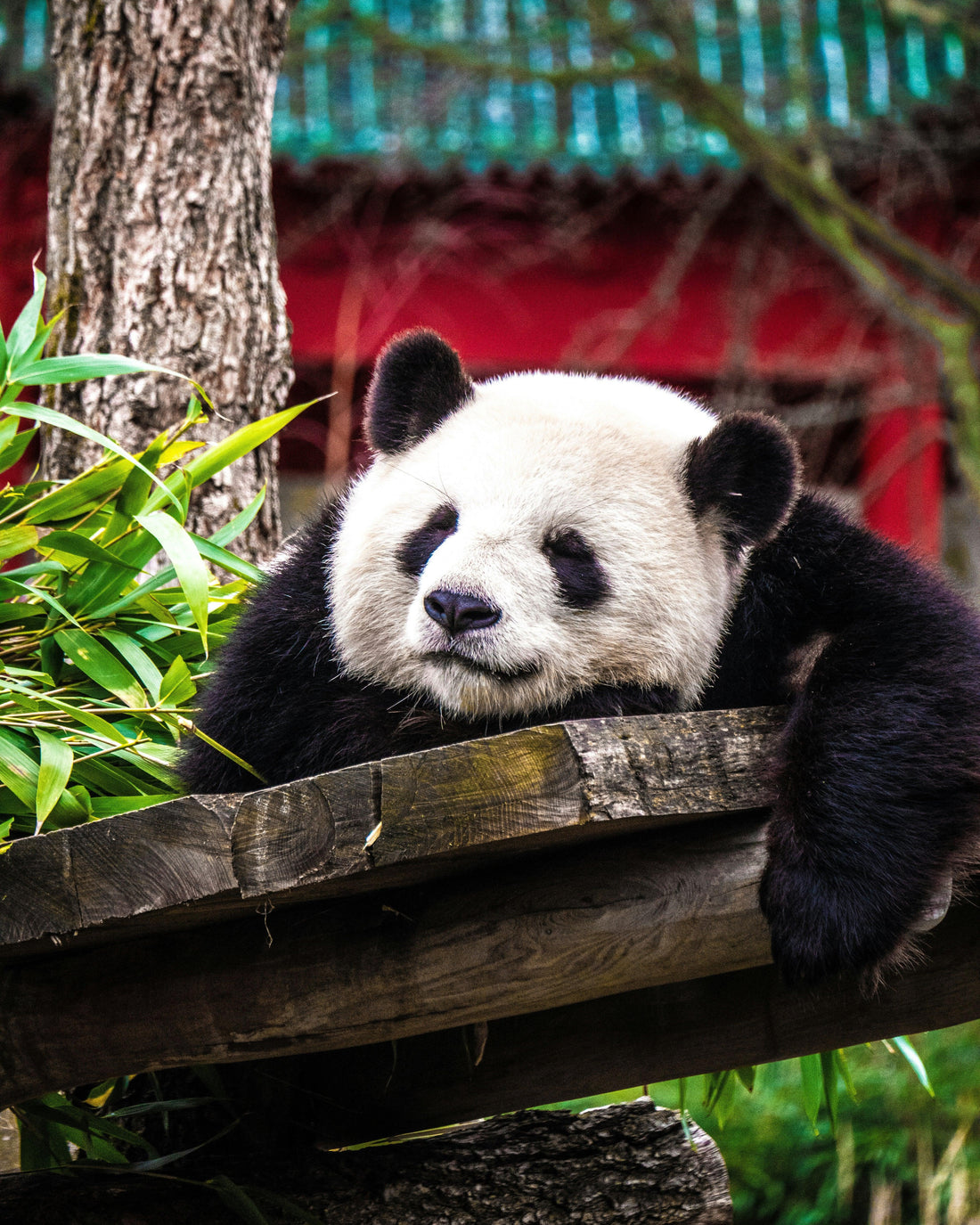From Deep Slumber to Power Naps: Understanding Animal Sleep Patterns
Share

Did you know that animals exhibit a wide range of sleep patterns, each uniquely adapted to their ecological niche and lifestyle? Let's take a closer look:
- Monophasic Sleep: Humans typically follow a monophasic sleep pattern, meaning we have one consolidated period of sleep each day. However, many animals, such as cats and dogs, also exhibit monophasic sleep, with distinct periods of rest and activity.
- Polyphasic Sleep: Some animals, like birds and certain rodents, engage in polyphasic sleep, which involves multiple short sleep periods throughout the day. This adaptation allows them to remain alert and responsive to their surroundings while still obtaining the necessary rest.
- Unihemispheric Sleep: Marine mammals like dolphins and whales practice unihemispheric sleep, where one half of their brain remains awake while the other half sleeps. This unique adaptation enables them to maintain essential functions like breathing and awareness while resting.
Unique Sleep Environments: Where Animals Rest Their Heads
From treetops to ocean depths, animals have evolved to sleep in a variety of environments tailored to their specific needs:
- Nesting and Burrowing: Many birds and rodents create elaborate nests or burrows for sleeping, providing protection from predators and the elements.
- Roosting and Perching: Birds such as owls and chickens often roost or perch in trees or on branches while sleeping, using their feet to grip and maintain balance.
- Aquatic Slumber: Marine animals like seals and sea otters may sleep while floating on the water's surface or while submerged, relying on adaptations like buoyant blubber and reflexive breath-holding.
The Science of Sleep: Comparing Animal and Human Slumber
While animals may have diverse sleep patterns and environments, many of the underlying mechanisms of sleep are surprisingly similar across species:
- Sleep Stages: Like humans, animals progress through different stages of sleep, including REM (rapid eye movement) and non-REM sleep, characterized by distinct brainwave patterns and physiological changes.
- Brain Activity: Studies have shown that animals exhibit similar patterns of brain activity during sleep, including memory consolidation, neural repair, and dreaming.
- Sleep Disorders: Just as humans can experience sleep disorders like insomnia and sleep apnea, animals may also suffer from sleep disturbances, albeit in different forms. For example, certain breeds of dogs are prone to sleep disorders like narcolepsy, while captive dolphins may experience disrupted sleep due to environmental stressors.
Tips for Better Sleep, Inspired by Nature's Restful Creatures
Let's take a page from nature's playbook and incorporate some animal-inspired sleep strategies into our own bedtime routines:
- Find Your Nest: Create a cozy sleep environment that mimics the safety and comfort of a nest or burrow.
- Embrace Power Naps: Take a cue from polyphasic sleepers and consider incorporating short daytime naps into your routine for a quick energy boost.
- Unplug and Unwind: Disconnect from screens and technology before bedtime to promote restful sleep, just like animals in their natural habitats.
- Stay Mindful: Practice relaxation techniques like deep breathing and meditation to quiet the mind and prepare for restorative sleep.
Conclusion: Rest Easy, Animal Style!
As we've discovered, the world of animal sleep is as diverse and fascinating as the creatures themselves. By understanding and appreciating the unique sleep habits of animals, we can gain valuable insights into our own sleep patterns and cultivate healthier bedtime routines.




